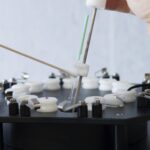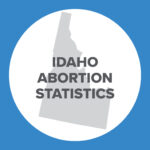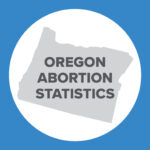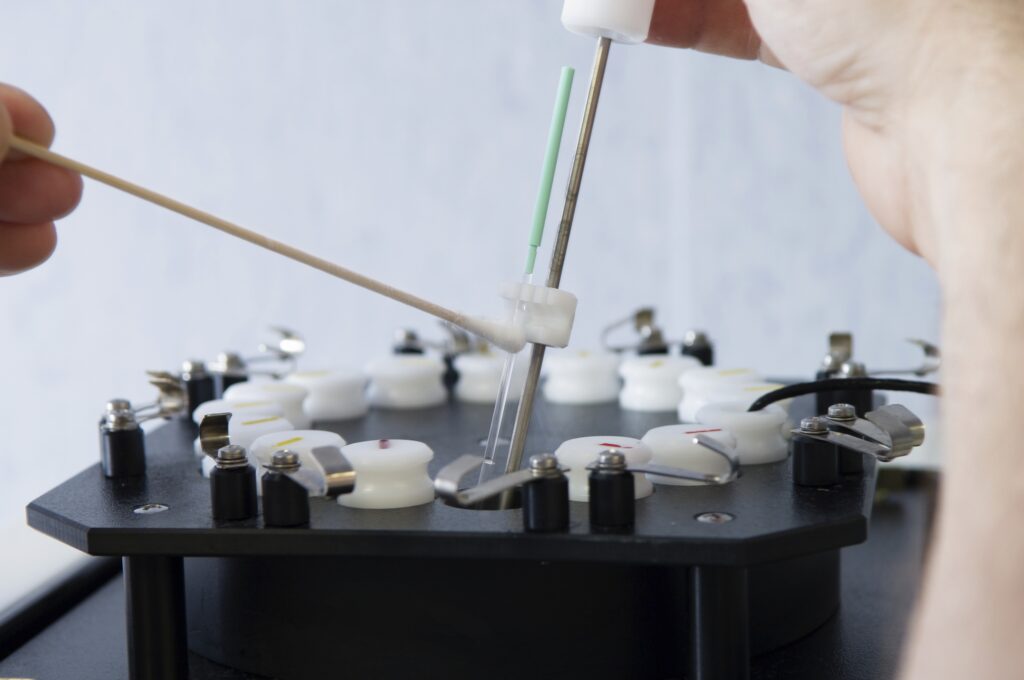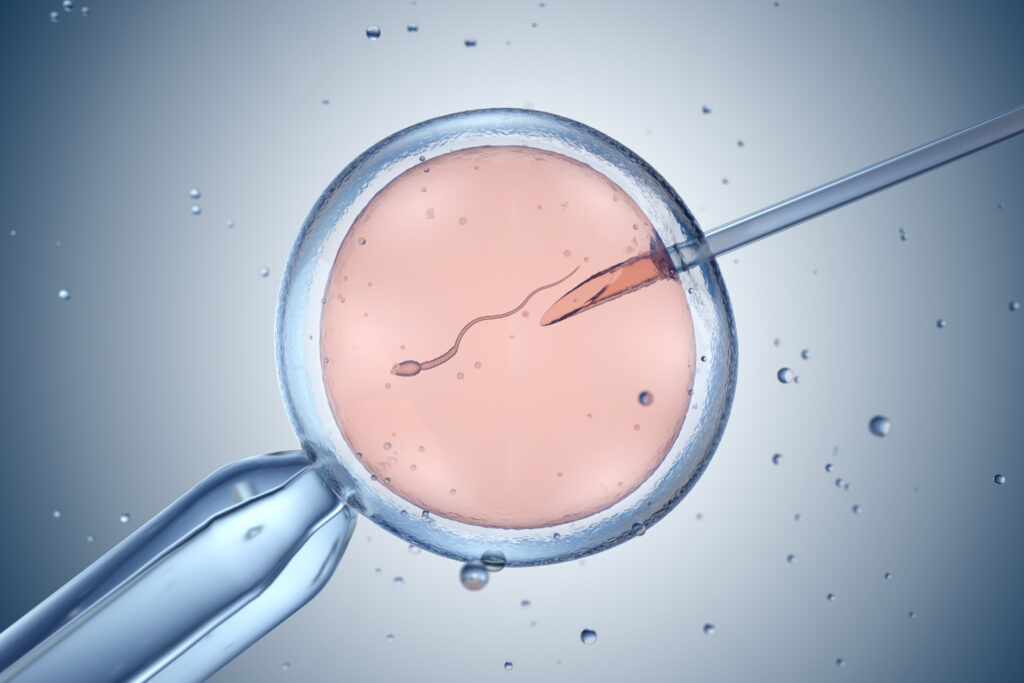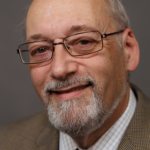Living up to Potential: Prospects for a Midwest Center for Stem Cell Therapy
Testimony of David A. Prentice, Ph.D., February 7-8, 2013
The following is the written testimony of Dr. Prentice before a Joint Meeting of the Committee on Public Health and Welfare, Kansas Senate and the Committee on Health and Human Services, Kansas House.
The Distinguished Chairs, and Honored Members of the Committee.
Thank you for the opportunity to testify on this important topic.
I am a cell biologist, currently working for a policy think tank in Washington, D.C. For the previous 20 years, I was Professor of Life Sciences at Indiana State University and Adjunct Professor of Medical & Molecular Genetics at Indiana University School of Medicine, and I have done federally-funded laboratory research, lectured, and advised on these subjects extensively, in the U.S. and internationally. I was selected by the Bush President’s Council on Bioethics to write the comprehensive review of adult stem cell research for the Council’s 2004 publication “Monitoring Stem Cell Research.” I am also a native Kansan, born in La Crosse, Kansas, raised near Parker, Kansas, with my degrees from the University of Kansas.
A 2008 paper in the journal Biology of Blood and Marrow Transplantation calculated that there is a 1 in 200 chance that you or I, or anyone living in the U.S., will undergo an adult stem cell transplant during our lifetime.[1] You will hear from the other witnesses about some of the amazing stem cell treatments that are ongoing, some that are on the way, and the need for much more in the way of patient treatments, as well as accessibility and education for both physicians and patients about current and potential stem cell treatments. I’d like to highlight a few examples to help us understand the potential for patient therapy with adult stem cells, and the potential for Kansas to be a leader in this area. There are significant opportunities for Kansans to benefit from the establishment of a center of excellence specializing in the application of adult stem cell treatments for certain diseases.
Let’s start with a basic general overview of stem cells.
A stem cell has two chief defining characteristics: 1) it continues to grow and divide, maintaining a pool of cells for future use, and 2) given the correct signal, a stem cell will differentiate or specialize into any number of specific mature cell types.
The flexibility of stem cells potentially to form many different types of tissues has led doctors to envision use of stem cells for “Regenerative Medicine”—injecting stem cells, e.g., from bone marrow, into damaged tissues so that the stem cells can “regenerate” healthy tissue.
There are several potential sources for stem cells. The picture on page 3 gives an overview of the three main sources. A controversial source is embryos, whether created through fertilization or cloning, because harvesting embryonic stem cells requires the destruction of the young embryo. Embryonic stem cells are also difficult to control from a practical point, often growing out of control as tumors in experimental animals.
Recent advances have outpaced embryonic stem cells with better sources. In 2006 the Japanese scientist Shinya Yamanka discovered a way that is easier, less expensive, more direct, and ethical in producing embryonic-type stem cells. These cells, termed iPS cells (induced Pluripotent Stem cells), are produced by adding a few genes to a normal cell, such as a skin cell.[2] The cells are reprogrammed to look and act like embryonic stem cells, yet without the use of embryos, eggs or cloning. Yamanaka’s lab and the lab of James Thomson in the U.S. showed in November 2007 that this same technique could work for humans as well, easily producing human iPS cells directly from human tissue.[3] Dr. Yamanaka received the 2012 Nobel Prize in Physiology or Medicine for his groundbreaking development of the technique to create iPS cells.
Adult stem cells are already delivering on the promise of patient treatments and therapies. Adult stem cells are “tissue” stem cells, taken from virtually any body tissue but most commonly from bone marrow. They can also be derived from muscle, brain, heart, skin, and even liposuctioned fat. In addition, the same or similar type of stem cell can be harvested from umbilical cord blood, from the solid part of the umbilical cord, from placenta, and from amniotic fluid. All of these cell types can be harvested without harming the stem cell donor; in roughly half of cases, the patient is the source of her or his own stem cell transplant.
Adult stem cells are already being used clinically to treat many diseases in human patients. A 2010 article in the Journal of the American Medical Association reported that even back in 2006, over 50,000 adult stem cell transplants were performed worldwide, [4] and today the number is over 60,000 adult stem cell transplants per year globally. The majority of these are hematopoietic stem cell transplants, i.e., transplants of blood-forming cells, obtained from bone marrow, peripheral blood, and umbilical cord blood. However, there are a growing number of adult stem cell transplants using cells from mesenchymal (connective) tissue, adipose (fat) tissue, and even from nasal tissue.
These are facts that many Kansans, the public and physicians alike, do not know. The lack of knowledge affects health as well as life. At this point there are few sources for patients or physicians to learn about adult and cord blood stem cell transplants. One that is often used is the website clinicaltrials.gov, run by the FDA and NIH. This site lists over 2,600 ongoing or completed FDA-approved clinical trials using adult stem cells.[5]
Among some of the published successes of adult stem cell treatments for patients are numerous types of autoimmune diseases such as multiple sclerosis,[6], as well as type I (juvenile) diabetes.[7] And stem cell transplants have a solid record in treatment of various cancers such as multiple myeloma and leukemia.
But there are other success stories with published evidence. According to several published medical authors, “Hematopoietic stem cell transplantation (HSCT) is the only curative therapy for sickle cell disease.”[8] Young Joe Davis, Jr. is alive and well because his younger brother Isaac was a match with his umbilical cord blood stem cells for transplant.
Another exciting experimental application of adult stem cells is the “skin gun” developed by Dr. Gerlach at Pittsburgh.[9] Dr. Gerlach and colleagues have developed a way to isolate adult stem cells from burn patients and spray them back onto wounds, speeding healing.
Another recent example in the neurological area is the initiation of clinical trials to treat stroke and traumatic brain injuries. Initial results of the stroke trials have been very encouraging.[10] Roland Henrich was the first patient enrolled in the trial. He was treated within 24 hours after his stroke with his own bone marrow adult stem cells. Within 11 days after treatment he showed no signs of paralysis and said his first word since the stroke.
Peripheral artery disease has now been treated successfully in a number of patients, restoring circulation to limbs and preventing amputation.[11] Helen Thomas at right is one example of such success.
Tissue engineering using the patient’s own adult stem cells has been used successfully in the production of a new trachea or windpipe;[12] the group reports unpublished results that they have improved the technique using in vivo regeneration of tissue, successfully treating several more patients, including two patients with tracheal cancer.[13]
Another recent example involves restoring sight to blind patients with corneal blindness, even after 50 years of blindness.[14]
Stem cell treatments for heart damage are being studied in numerous clinical trials now, both in the U.S. and internationally. You’ll hear in a moment how Kansas is now moving forward as a leader in this very area.
This is just a brief overview of some of the exciting potential for patient treatments. Many of these stem cell therapies are in clinical trials, and there is significant hope as well as opportunity to move forward with stem cell treatments for patients. Educating the public as well as physicians will be key (e.g., please see one strategy at http://www.stemcellresearchfacts.org/), and opportunities abound for Kansas to become a leader in several key areas of stem cell treatment.
Kansas is already moving toward a leading role in adult and cord blood stem cell transplants for patients. The University of Kansas Medical Center has increased its bone marrow transplants over the last few years and is involved in clinical trials with umbilical cord blood, and the cardiovascular group has extensive adult stem cell therapy experience and has already initiated a clinical trial. Coupled with the recent designation of the KU Cancer Center as a National Cancer Institute cancer institute designation (a mark of excellence for patient treatments and for research), Kansas is well-positioned to become a leader in these areas, and potentially in several other treatment areas as well. The potential benefits for patients are incalculable.
Kansas can be the leader in providing adult stem cell treatments and information to physicians and patients around the world.
Thank you for the opportunity to contribute to the education on this very important issue.
David Prentice, Ph.D. is Senior Fellow for Life Sciences, Family Research Council; Adjunct Professor of Molecular Genetics, John Paul II Institute, Catholic University of America; and Founding Member, Do No Harm: The Coalition of Americans for Research Ethics
[1] Nietfeld JJ et al., Lifetime Probabilities of Hematopoietic Stem Cell Transplantation in the U.S., Biology of Blood and Marrow Transplantation 14, 316-322, 2008
[2] Takahashi K and Yamanaka S, Induction of pluripotent stem cells from mouse embryonic and adult fibroblast cultures by defined factors, Cell 126, 663-676, 25 August 2006
[3] Takahashi K et al., Induction of pluripotent stem cells from adult human fibroblasts by defined factors, Cell 131, 861-872, 30 November 2007; published online 20 November 2007; Yu J et al., Induced pluripotent stem cell lines derived from human somatic cells, Science 318, 1917-1920, 21 Decmber 2007, published online 20 November 2007
[4] Gratwohl A et al., Hematopoietic stem cell transplantation, JAMA 303, 1617-1624, 2010
[5] Search term: http://www.clinicaltrials.gov/ct2/results?term=adult+stem+cell+transplants&type=Intr accessed Jan 27, 2013.
[6] Fassas A et al., Long-term results of stem cell transplantation for MS, Neurology 76, 1066-1070, 2011; Rice CM et al., Safety and Feasibility of Autologous Bone Marrow Cellular Therapy in Relapsing-Progressive Multiple Sclerosis, Clinical Pharmacology & Therapeutics 87, 679-685, June 2010, published online 5 May 2010, doi:10.1038/clpt.2010.44; Burt RK et al., Autologous non-myeloablative haemopoietic stem cell transplantation in relapsing-remitting multiple sclerosis: a phase I/II study, Lancet Neurology 8, 244, March 2009
[7] Voltarelli JC and Couri CEB, Stem cell transplantation for type 1 diabetes mellitus, Diabetology & Metabolic Syndrome 1, 4, 2009; doi:10.1186/1758-5996-1-4; Couri CEB et al., C-Peptide Levels and Insulin Independence Following Autologous Nonmyeloablative Hematopoietic Stem Cell Transplantation in Newly Diagnosed Type 1 Diabetes Mellitus, JAMA 301, 1573-1579, 2009; Voltarelli JC et al., Autologous Nonmyeloablative Hematopoietic Stem Cell Transplantation in Newly Diagnosed Type 1 Diabetes Mellitus, JAMA 297, 1568-1576, 2007
[8] Bernaudin F et al., Long-term results of related myeloablative stem cell transplantation to cure sickle cell disease, Blood 110, 2749-2756, 2007
[9] Gerlach JC et al., Method for autologous single skin cell isolation for regenerative cell spray transplantation with non-cultured cells, Int. J. Artif. Organs 34, 2011; Gerlach JC et al., Autologous skin cell spray-transplantation for a deep dermal burn patient in an ambulant treatment room setting, Burns 2011
[10] Savitz SI et al., Intravenous autologous bone marrow mononuclear cells for ischemic stroke, Ann. Neurol 70, 59-69 2011
[11] See, e.g., Burt RK et al., Autologous peripheral blood CD133þ cell implantation for limb salvage in patients with critical limb ischemia, Bone Marrow Transplantation 45, 111-116, 2010, published online 18 May 2009; Amann B et al., Autologous Bone Marrow Cell Transplantation Increases Leg Perfusion and Reduces Amputations in Patients With Advanced Critical Limb Ischemia Due to Peripheral Artery Disease, Cell Transplantation 18, 371-380, 2009
[12] Macchiarini P et al., Clinical transplantation of a tissue-engineered airway, Lancet 372, 2023, December 2008
[13] UCL surgeons perform revolutionary transplant operation, 19 March 2010, http://www.ucl.ac.uk/news/news-articles/1003/10031903; Transplant advance in windpipe cancer, http://www.physorg.com/news199887055.html; Bader A and Macchiarini P, Moving towards in situ tracheal regeneration: the bionic tissue engineered transplantation approach, Journal of Cellular and Molecular Medicine 14, 1877–1889, July 2010
[14] Rama P et al., Limbal Stem-Cell Therapy and Long-Term Corneal Regeneration, New England Journal of Medicine 363, 147-155, 2010










